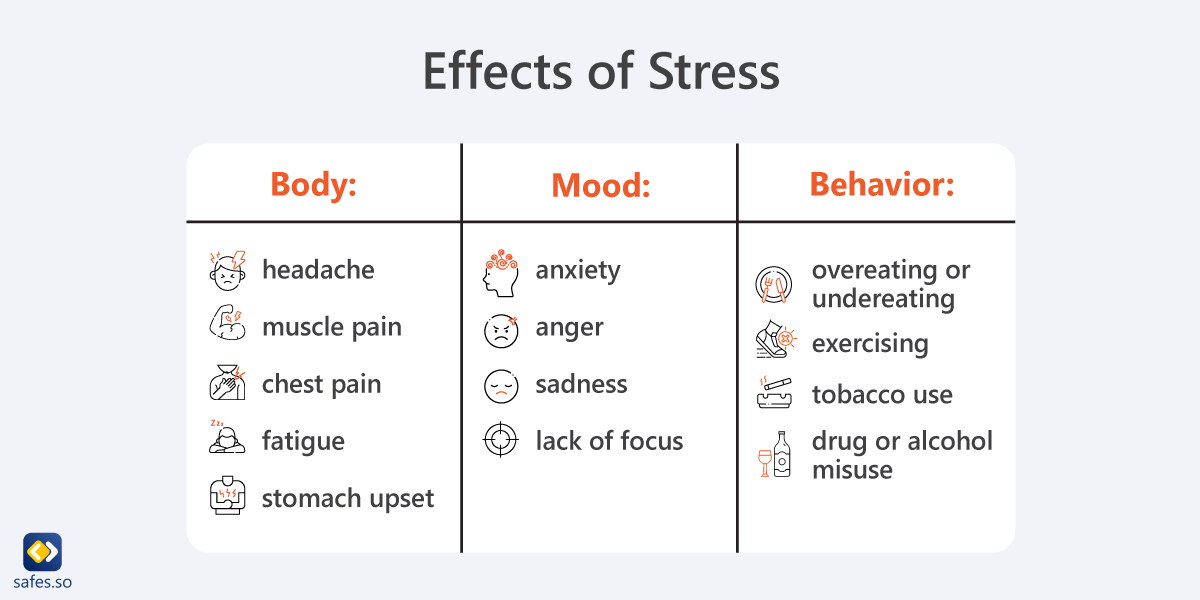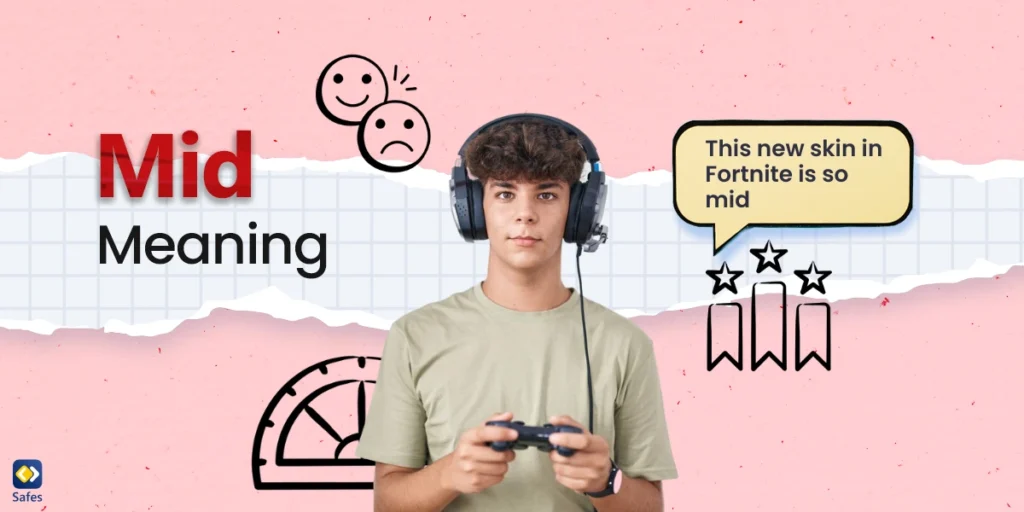Adolescence is a period of immense physical, emotional, and social changes. During this time, the body goes through a lot of changes, and this can lead to mood swings and changes in behavior. It’s important to understand why teenagers are more susceptible to changing emotions in order to better help them cope and grow.
Download and Start Your Free Trial of the Safes Parental Control App
Teenage Mood Swing Causes
Teenagers go through a lot of changes during their adolescence phase. These changes disturb the previous balance of the body and eventually result in more mood swings. We categorized these changes into three sections: physical, social, and emotional.

Physical Changes
Adolescence is a period of physical changes that can affect a person’s emotions. During this time, hormones and brain development interact to cause changes in behavior. Hormonal fluctuations can lead to mood swings, and brain development can lead to increased risk-taking behavior. As the brain matures, teens are able to think more abstractly and reason their decisions. This can lead to greater emotional regulation and a better understanding of their own emotions.
Social Changes
While physical changes can affect emotions, social changes can also contribute to mood swings. During adolescence, teens mostly form relationships with friends and peers. These relationships can be immature and be a source of interpersonal drama. This can eventually have an impact on their emotional state. In early and mid-adolescence, teens start to separate more from their parents and become more independent. The newfound responsibility can cause stress and lead to mood swings.
Emotional Changes
Finally, emotional changes will influence teenagers’ mood swings as well. Teens may feel more pressure to fit in and feel accepted, which can result in anxiety and depression. They may also struggle with self-esteem issues and body image, which can lead to extreme emotional fluctuations.

Mood Swing Duration in Teens
Teens’ mood swings start in early adolescence (11 through 14 years), which probably leaves you wondering at what age teenage mood swings stop. Teenage mood swings stop at different times, which is dependent on external stressors. On average, late adolescence is defined as 18 to 21 years old.
To understand adolescents better, it can be good to take a closer look at the changes they go through. When adolescents reach their teenage years, they become more aware of their emotions, thoughts, and feelings. This can lead to intense, fluctuating moods and a feeling of being out of control. Teens may also experience extreme emotions such as anger or sadness. This can lead to unhealthy coping mechanisms, like self-harm, or risky behaviors, like drug and alcohol use. It can be extra difficult to lead boys through their puberty, that’s why we’ve written a blog to guide you through it.
Impact of Change on Mood and Behavior
The physical and social changes of adolescence can have an impact on mood and behavior. Teens may become more impulsive and make decisions without considering the consequences. This can lead to risky behavior and a greater likelihood of depression and anxiety. Teens may also struggle with self-regulation and difficulty managing stress.

The Effects of Social and Environmental Factors on Teenage Mood
The social and environmental factors that teens are exposed to can also have an impact on their emotional state. Family, friends, school, and social media can all contribute to teens’ emotional well-being. Stress and other external factors can exacerbate mood swings, and teens may struggle to regulate their emotions. As a parent, you might not be able to control everything, but parental controls can assist you in monitoring your child’s online behavior. Safes is a parental control app that not only offers the possibility to receive detailed activity reports of the time your child spends online but can also limit it. Safes is available for iOS, Android, and Windows devices. Sign up for a free trial today to experience its features firsthand.
Teen Stress Statistics
Stress is a big risk factor for mood swings. Recent studies have shown that teens are more likely to suffer from stress and anxiety than adults. According to the Centers for Disease Control and Prevention (CDC), one in five teens reported feeling extremely sad or hopeless in 2021. Other teen stress statistics include:
- One in five teens reported feeling so depressed that it was difficult to function.
- One in three teens reported feeling extreme levels of stress in the last month.
- In case you’re wondering how many teens have anxiety: one in four teens reported feeling anxious or nervous most days.
Learning Coping Strategies
Coping strategies can help teens to manage their emotions better. Learning coping strategies can help teens to feel less anxious and stressed, which will eventually lead them to be more peaceful and have more control over their emotions. Some coping strategies that might be helpful include deep breathing, journaling, talking to friends and family, and engaging in self-care.
Suggestions for Parents and Teenagers
Parents and teenagers can both take steps to manage mood swings. Parents should provide a supportive and nurturing environment for their teens and encourage open communication about emotions. Teenagers should practice self-care, make healthy lifestyle choices, and take breaks when feeling overwhelmed. It’s also important for teens to find a trusted adult to talk to if they are feeling unwell.
Conclusion
Mood swings are a normal part of teenage development, but they can be difficult to navigate. Teens often experience emotional vulnerability, and trying to make sense of the world around them can be overwhelming. Parents and teens need to have open communication about emotions. Parents can provide a safe and supportive environment for teens to talk about their feelings and provide reassurance when needed. In addition, seeking support from a mental health professional can be beneficial for having open communication. Working with a professional can provide teens with strategies to manage their emotions and help them to understand their feelings healthily.
Your Child’s Online Safety Starts Here
Every parent today needs a solution to manage screen time and keep their child safe online.
Without the right tools, digital risks and excessive screen time can impact children's well-being. Safes helps parents set healthy boundaries, monitor activity, and protect kids from online dangers—all with an easy-to-use app.
Take control of your child’s digital world. Learn more about Safes or download the app to start your free trial today!




